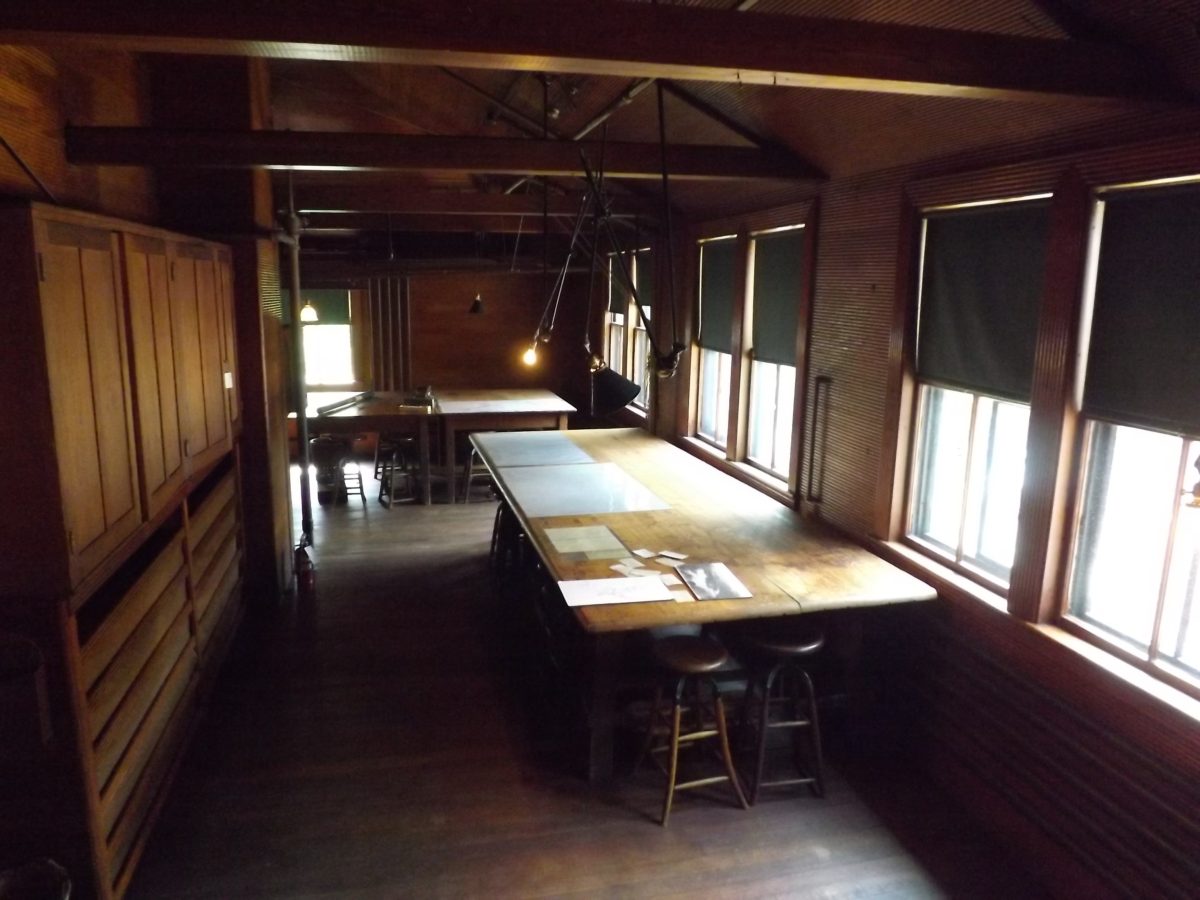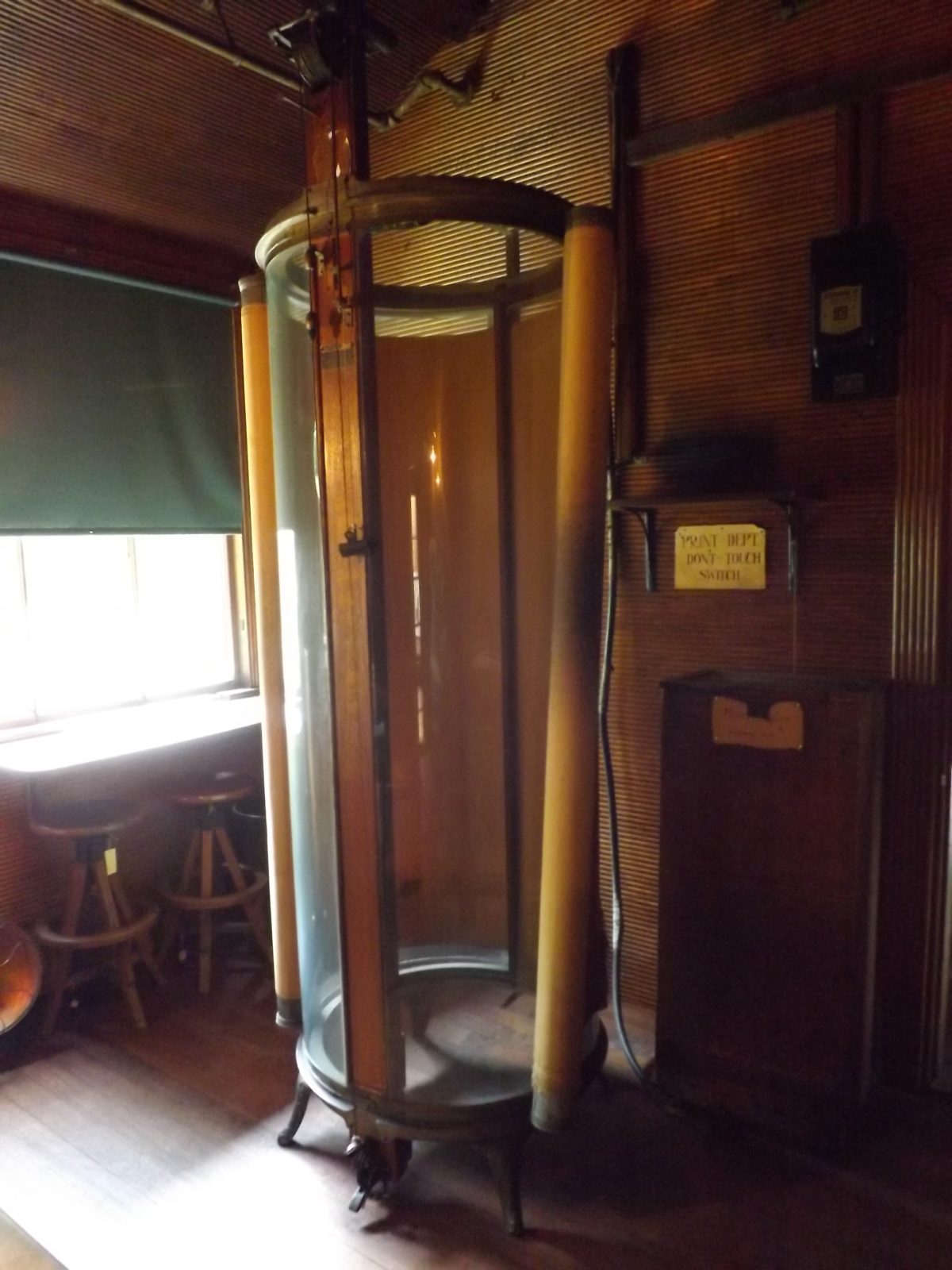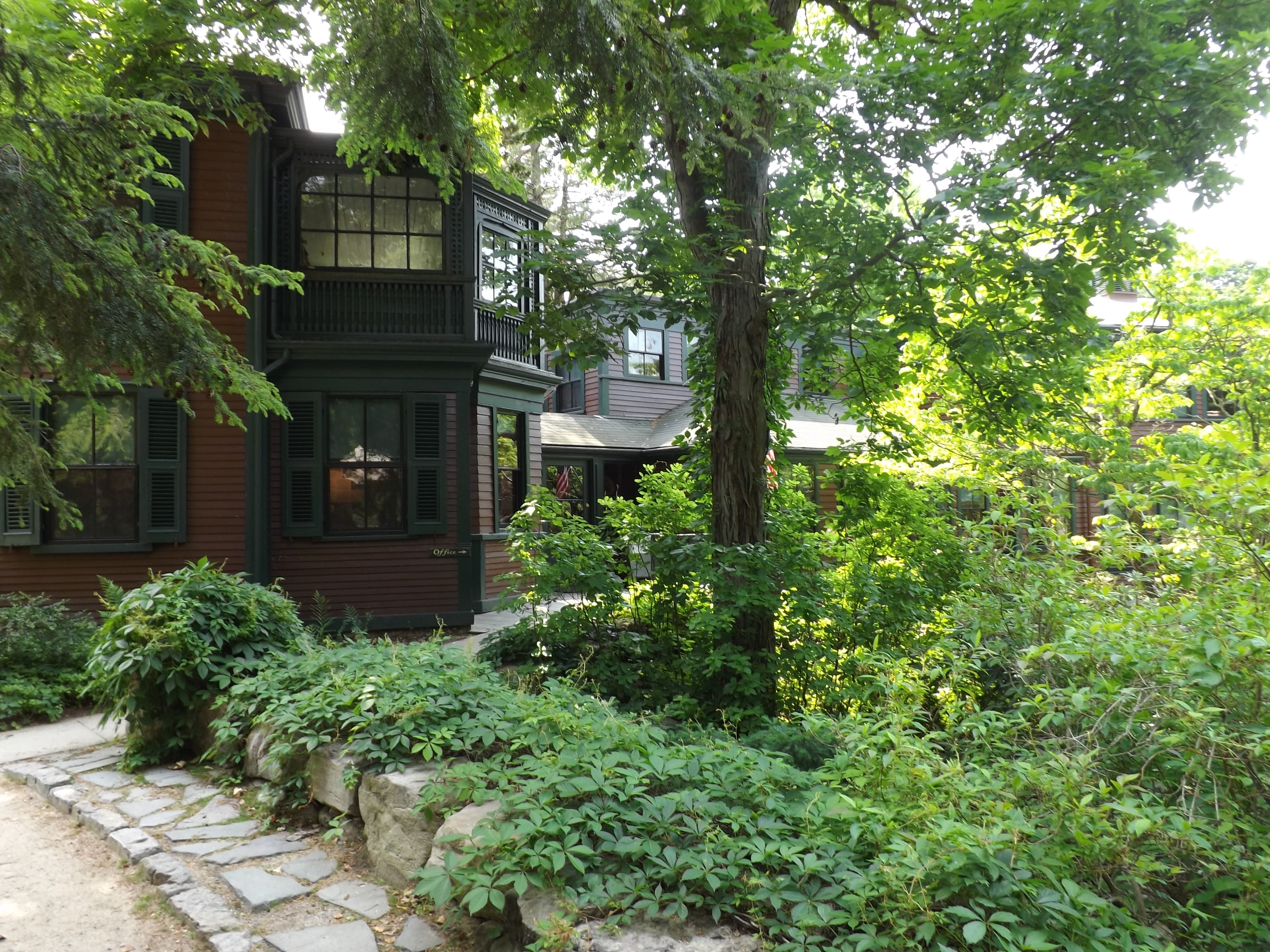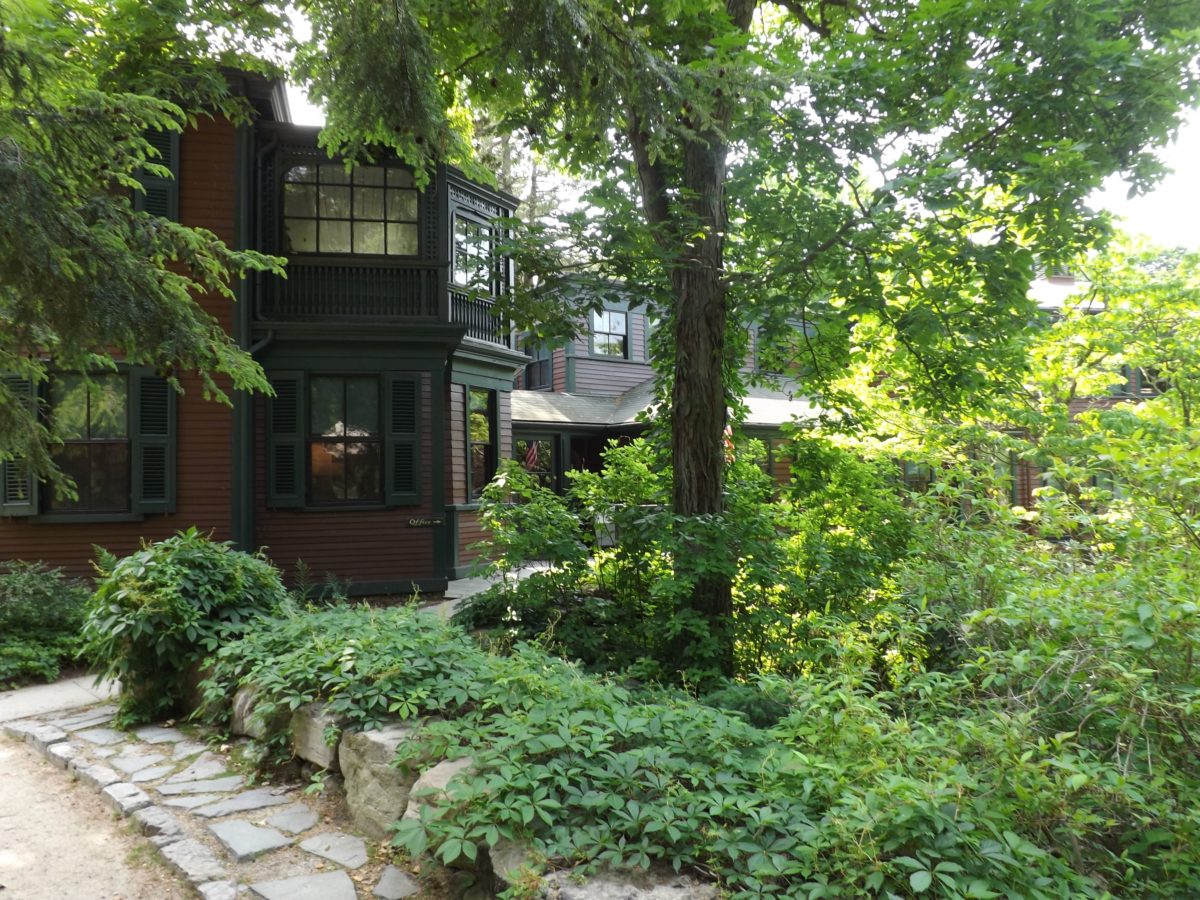Tale of Two Cities: Frederick Law Olmsted National Historic Site
On this Superbowl weekend there will be a contest between the Los Angeles Rams and the New England Patriots. So, how do National Park Units relate to Los Angeles and Boston? We thought immediately about Frederick Law Olmsted.
Who was Frederick Law Olmsted?
Frederick Law Olmsted is often referred to as the “father of the American park”. He was one of the first landscape architects, best known for the design of one of the most iconic parks in the country – Central Park in New York City. He also designed the first state park in the United States, overlooking Niagara Falls, in Niagara Falls, New York, and many others, including Prospect Park in Brooklyn and the grounds of the U.S. Capitol and the White House.

So what does that have to do with Boston and Los Angeles?

You will find the Frederick Law Olmsted National Historic Site tucked into a lovely neighborhood in suburban Boston. It was his office and also is a great example of his approach to landscape architecture. You will want his yard to be yours!
And Los Angeles? They turned down his company’s proposal for developing parkland in the city. Looking back, it is likely they may wish they had made a different decision. The “Olmsted vision” included 71,000 acres of parkland, which would have created an urban park that would have made Los Angeles one of the most beautiful cities in the world.
About Frederick Law Olmsted
Frederick Law Olmsted (1822 – 1903) grew up during a time of American industrialization and expansion. There was no thought of parkland … cities were growing, hustling, bustling places that gave little thought to the need for serenity or an urban respite. But Olmsted recognized this and applied his understanding of what made people relax in nature to create spaces where you could go and feel restored.
He believed that parks needed to be available to anyone; not just the rich, although he did do landscape designs for places like the Biltmore, the famous Vanderbilt mansion.In fact, Olmsted and his firm offered designs to 44 states, the District of Columbia and Canada.
Many of his parks turned into huge public works – what was to become Central Park began as a swamp. Not only did he drain the swamp, he created hills and valleys, planted hundreds of trees and shrubs and built roads and pathways. He also added architectural touches like arches and arboretums; all places of solace and beauty.
About Frederick Law Olmsted National Historic Site

Acquired by National Park Service in 1980, the Frederick Law Olmsted National Historic Site preserves over a century of design, including all of the plans created by the company, archived and available for study. These are available to those who want to look at plans, planting lists, design models and photos; especially important for those trying to restore parks originally designed by Olmsted, many of which have fallen culprit to development and urban encroachment.
His history is a storied one… including work with Ansel Adams and the Yosemite Valley. Although he had no hand in the ultimate legislation, he was appointed to head the commission handling the new park.
He also prepared a report on Niagara Falls – at a time when few people could even visit the falls from the New York side. His work convinced Governor Grover Cleveland to declare this a park and give Olmsted the commission to develop it. He bought Goat Island and Bath Island, tore down an amusement park, developed walking paths and created a soothing, natural way to visit the falls – a total contrast to what you will find today on the Canadian side.
Visiting Frederick Law Olmsted National Historic Site
Frederick Law Olmsted National Historic Site is not large – you walk through the house that was the business and can see his designs for parks that exist, and those that never materialized. You can also see and feel his various design elements as you walk around the grounds.
We hadn’t really thought about parks before – they are just parks. But here you can see how a landscape architect thinks about parks … adding contours, placing plants and shrubs strategically, and making walkways curve naturally to make parklands peaceful and restive even when they are within a city.

The other thing that was really neat was some of the equipment.
They made us try to guess what this was! According to the ranger, this was one of the first blueprint copiers, used to copy plans one at a time.
Next time you walk through your community park, think about what the park designers had in mind, and the features that make it relaxing and enjoyable for you. And when are in Boston, take the time to stop by and visit Frederick Law Olmsted National Historic Site. You’ll see here how Boston won the “super bowl of parks”.
#FindYourPark
#SeeAmericaFirst


1 thought on “Tale of Two Cities: Frederick Law Olmsted National Historic Site”
Comments are closed.